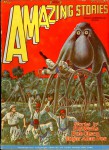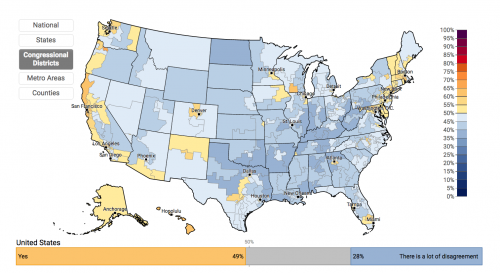I think that would be a better title for this project, Young People Read Old Science Fiction & Fantasy. The premise:
Young People Read Old SF was inspired by something award-winning author Adam-Troy Castro said on Facebook.
nobody discovers a lifelong love of science fiction through Asimov, Clarke, and Heinlein anymore, and directing newbies toward the work of those masters is a destructive thing, because the spark won’t happen. You might as well advise them to seek out Cordwainer Smith or Alan E. Nourse—fine tertiary avenues of investigation, even now, but not anything that’s going to set anybody’s heart afire, not from the standing start. Won’t happen.
This is a testable hypothesis! I’ve rounded up a pool of younger people who have agreed to let me expose them to classic works of science fiction1 and assembled a list of older works I think still have merit. Each month my subjects will read and react to those stories; I will then post the results to this site. Hilarity will doubtless ensue!
Unfortunately, it doesn’t hold up well for a couple of reasons.
-
The sample size is small, and with a limited range of critical ability. Literary criticism actually takes some skill, you know.
-
None of the critics seem to like this particular genre. Any interesting generational difference is quickly swamped out by the fact that none of these readers are willingly reading this stuff by choice.
-
I’m an older reader and am predisposed to like SF, and if you hand me Asimov, Clarke, and Heinlein now, I’m going to gak explosively. Genre fiction tends not to age gracefully. Why not torture them with Edgar Rice Burroughs and Hugo Gernsback if it’s hilarity you’re looking for?
-
One of the clues that will alienate modern readers is not the poor writing, but the casual racism and misogyny. Take a look at that cover of Amazing Stories I’ve put at the top right — you don’t even have to read anything to be saying “OMG, WTF?”.
-
Packaging matters. Star Wars is hugely popular, but it’s really the same crappy serialized soap opera with ray guns that E.E. “Doc” Smith was writing in the 1920s and 1930s, with the antique stilted dialog updated to modern stilted dialog.
Reading the reviews, I’d have to say that the Adam-Troy Castro Hypothesis is so far well supported. I have to question the sample size and the methodology, however.






